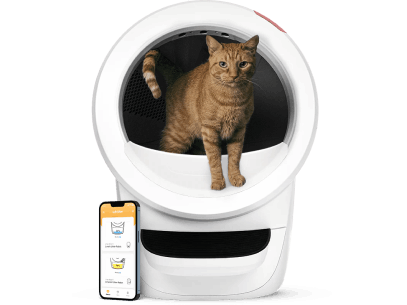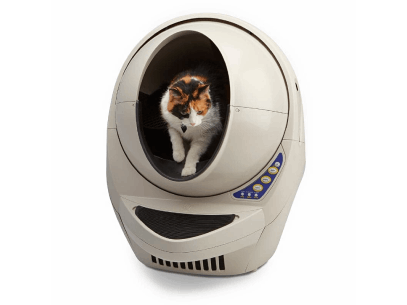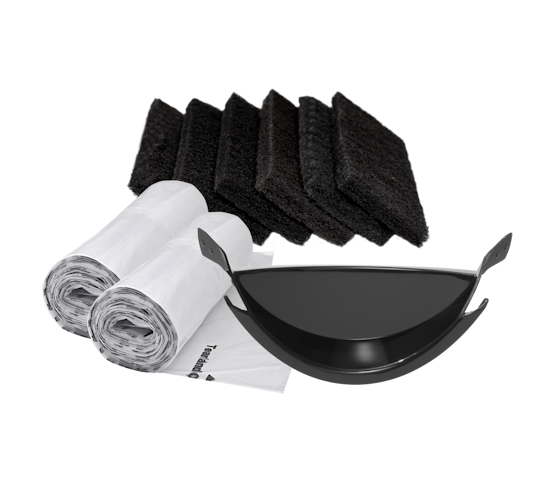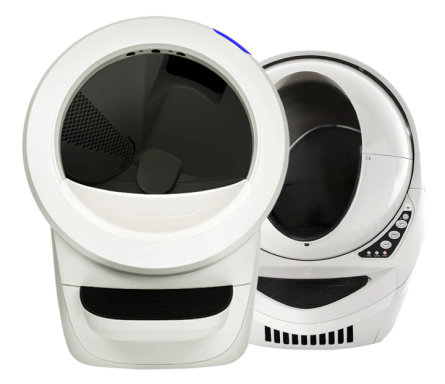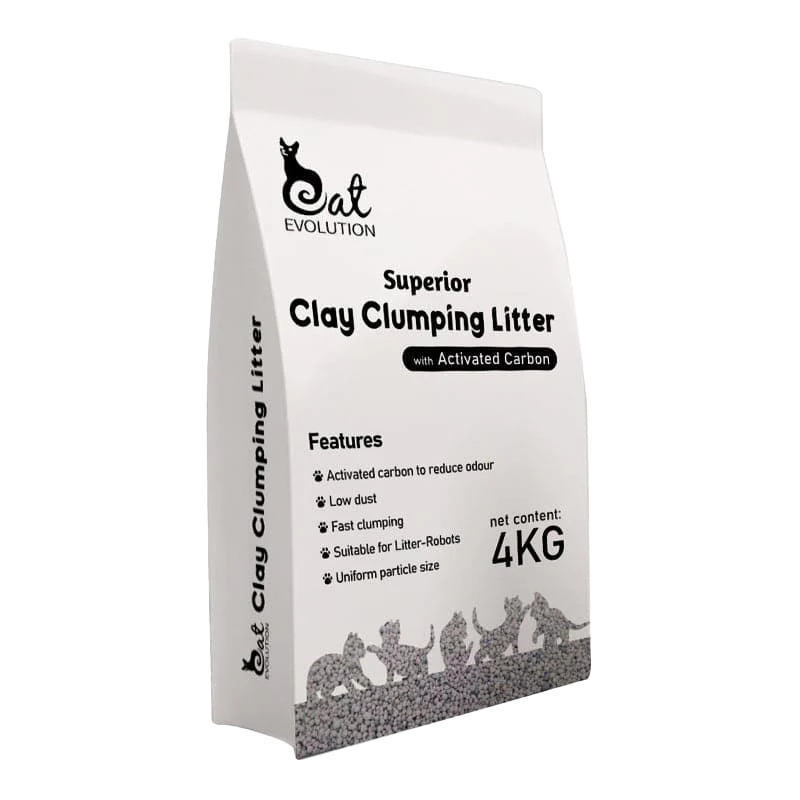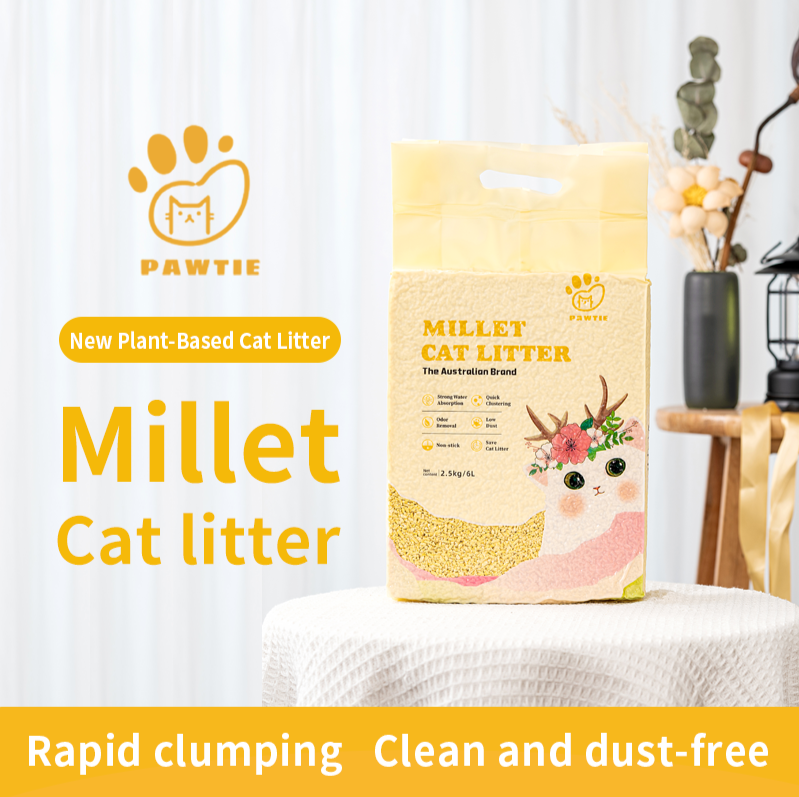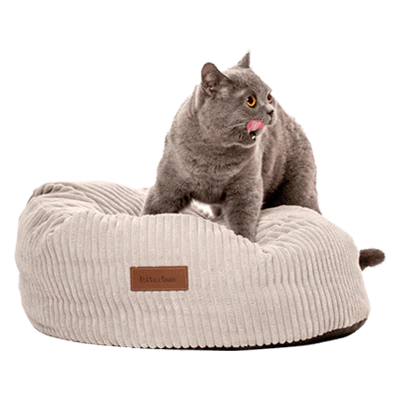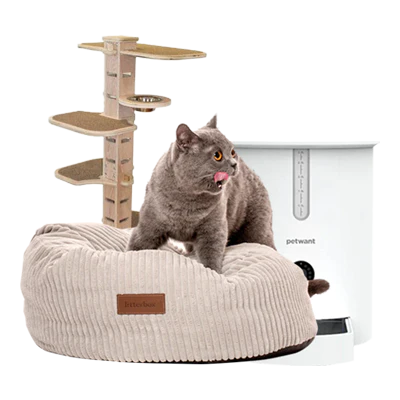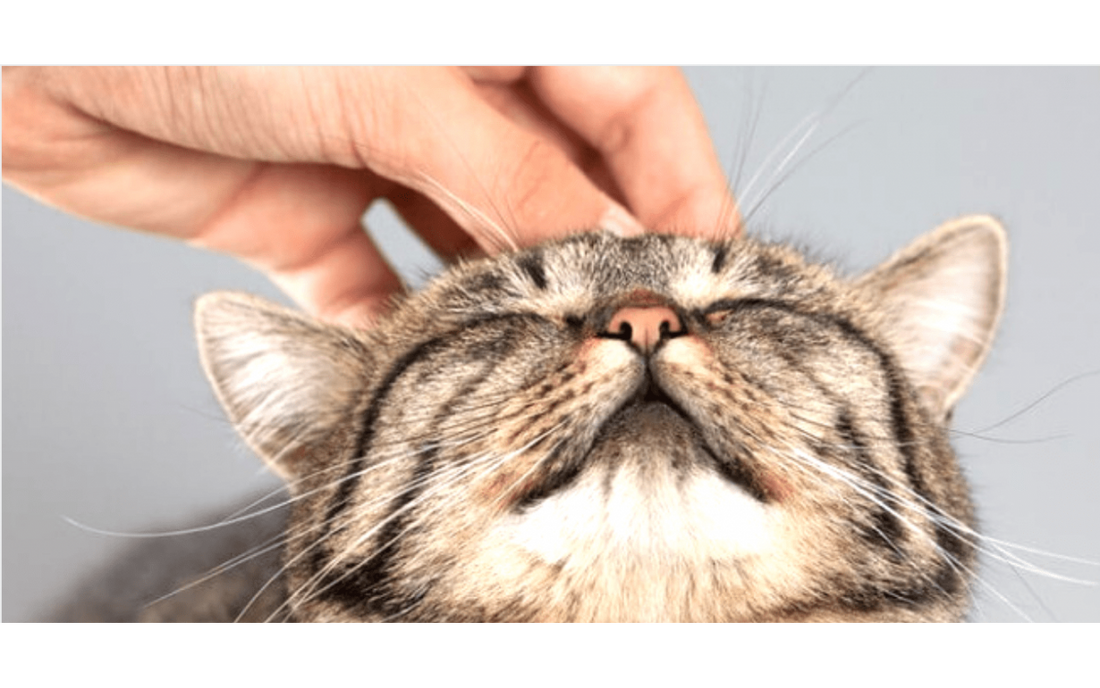Why do cats purr? Its commonly known that cats purr when they’re happy. But purring is actually used by your cat in lots of situations. For example, when they’re sick or frightened when having kittens, and even when they’re dying. And its something that all cats do. Let’s explore a few of the parameters of purrs!
More than just a happy cat!
We are used to being lulled with a comfortable cat purring on our laps or snuggled ready for sleep, and assume purring is a strong sign of a happy cat. But from a cats perspective, the purring response is applied to soothe and heal not just their human, but themselves. Whilst it makes purrfect sense, there is some science behind the assessment of the purr.
Scientists have long known that cats purr under many different circumstances. In fact, enough cats purr nervously during stethoscope exams that one study advises veterinarians to shut down this noisy interference by blasting a spray can or by running tap water to get the cat to stop.
Theory or Fact?
Researchers still haven’t figured out all the reasons for purring, although most hypotheses rely on the idea that purring is mainly for communication. Cats learn to purr a few days after birth, at which point it likely has a twofold purpose. Kittens purr to tell their mother where they are (quietly, so as not to alert predators). And the mother purrs to bond the kittens to her and to lull them to sleep. Although they can’t hear for the first two weeks, they still feel the vibrations. Purrs could be considered the equivalent of cats crooning to their young.
Once cats leave their birth mothers, purring becomes a way to communicate with other cats, but predominantly with the humans in their life, who respond favourably to the endearing sound and vibration. So the purr is reinforced as a good tool for communication for the cat, as well as something that humans reward with pats and treats.
Are we being manipulated?
There is evidence that cats learn to respond to human communication and adapt their own vocalisations according to what is most effective in obtaining what they need or want. Basically development of a cat language, for humans. Feral cats and cat only communications do not show the same vocalisations and use of purring, supporting the premise that cats are intelligent enough to learn how to get what they want from humans via developing their own communication strategies. One of these is the purr which is very successful in endearing a cat to a human and evoking the desire to care for and keep safe your own special kitty. If its manipulation, its for self-preservation, and helps both cats and humans.
The Healing Power of the Purr
Purrs are combination sound and vibration, and there has been the study of the vibration as a healing mechanism, both for humans and cats themselves. Cats do not only purr from pleasure or joy, but also when injured, or very sick, and sometimes when they are dying. Scientists theorise that in these moments, purring is a comfort and care process, where the cats purr to help themselves through pain and fear. It’s a self-help that brings comfort, calming and possibly healing, though the sound and vibration.
There is some fascinating early research that suggests purring may be essential to cats’ survival—not only because purring helps them to cope with illness and stress, but also because the vibrations may help cats’ injured bodies to heal. According to Leslie A. Lyons, now a professor of veterinary medicine at the University of Missouri, “Because cats have adapted to conserve energy via long periods of rest and sleep, it is possible that purring is a low-energy mechanism that stimulates muscles and bones without a lot of energy.” This has also been postulated for humans who say they benefit from their cat’s purrs. It’s certainly comforting to have a warm and purring feline close when illness or discomfort is experienced.
A good thing!
As one of the most noted, and enchanting, behaviours of cats, it’s debatable as to the development, purpose and benefits of the purring mechanism. It is confirmed by all who experience it, as a signature catechistic and something that is enjoyed by humans. It certainly has worked to benefit cats interacting with humans, as it ensures a level of care that would not be evoked in the same way without provision of a purr. The comfort to both cat and human, of warm and calm lap time with purring rumbling along, is a major benefit of cat ownership and provides many hours of perceived pleasure for both species.
